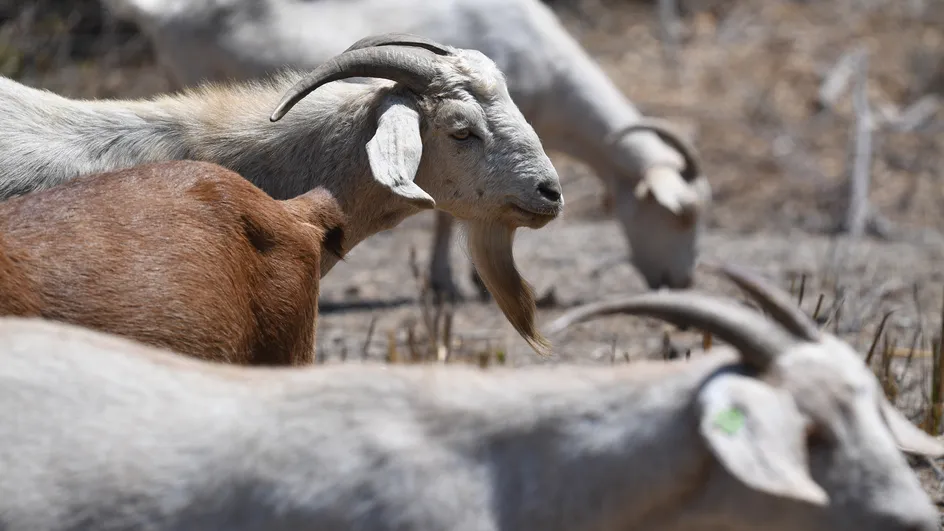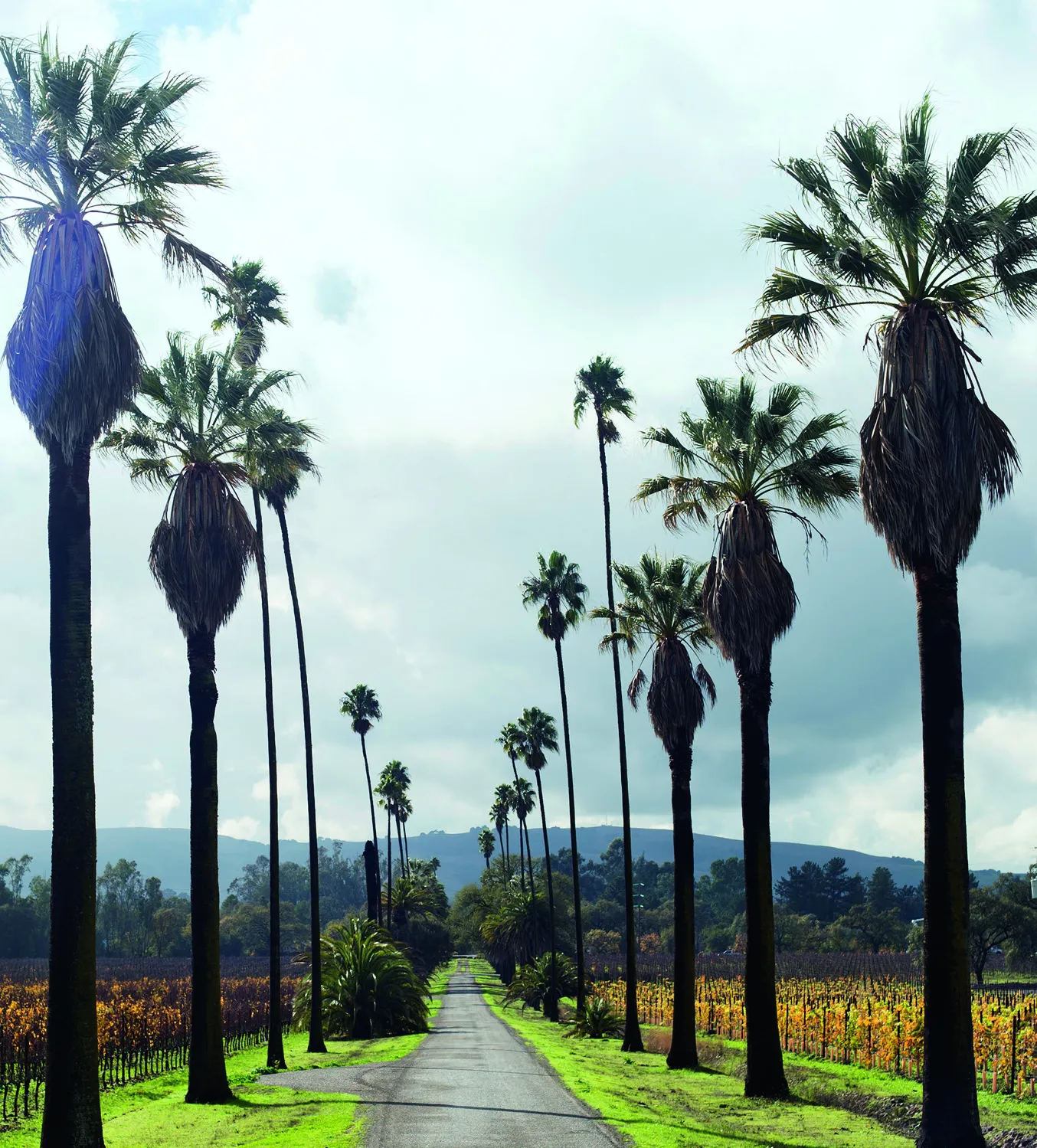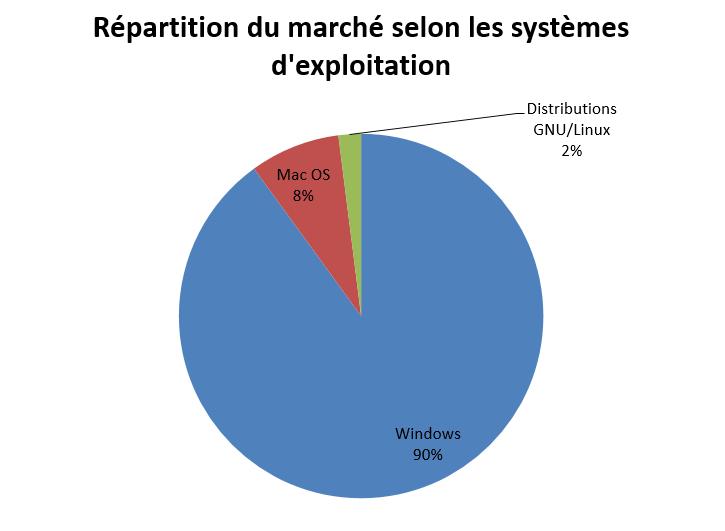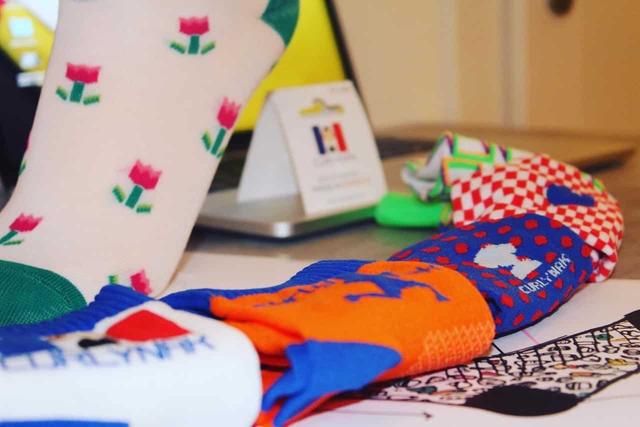"Anna" on Arte: "I wanted to imagine how a world without adults would work", says Niccolò Ammaniti
An initiatory journey that navigates between Contagion and His Majesty of the Flies! Two years after the success of Il Miracolo, Niccolò Ammaniti returns this Thursday at 8:55 p.m. on Arte with Anna, a new miniseries adapted from his eponymous novel, published in 2015. This dark, baroque and poetic tale in six episodes recounts the initiatory journey of a 13-year-old teenager, Anna, in search of her brother, in a world ravaged by a strange pandemic where only children have survived. The Italian writer spoke about this strangely visionary work, an allegory of an afterlife in the hands of children, with 20 Minutes during the last edition of Series Mania.
Why did you make your post-apocalyptic world a world without adults?
With “Anna”, I wanted to imagine how such a world would work. What would be the rules of that world? How could we return to a primitive world where the law is that of the strongest? I also wanted to understand the role of memory. We can imagine our future because we know our past. It was also interesting to imagine how a world could evolve without any memory or transmission.
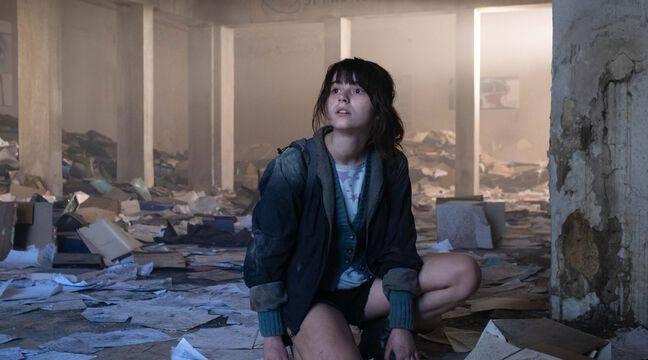
Anna has the notebooks her mother left her. Your heroine has a bit of a memory, doesn't she?
Exactly ! Anna is the only one with a bit of memory thanks to these notebooks. His mother passed on rules to him, in particular the one that says: “You must teach your brother to read”. In the books, there is the story of who we are. Anna's mother also writes to her that she will not be able to take care of her brother. She thus gives birth to Anna's sense of guilt. I believe that one of the motors of human existence is the feeling of guilt. The other children don't know that feeling. Anna is the only one to feel it. As she feels bad, as she does not feel capable, she will try to find other paths.
Your novel "Anna" was released in 2015, the coronavirus pandemic began six months after filming... How did you experience this collusion between reality and your fiction?
This surprised me a lot! I was also very worried. I really thought we weren't going to be able to finish this series. It's true that there are coincidences, that we can draw some parallels… But I didn't try to explore that. I don't feel like a visionary… In this fiction, the virus is just a way to tell a world without adults.
As a result, this involves a cast almost entirely made up of children, it was not complicated to direct them, especially in certain violent scenes?
Working with children is my favorite! The child has no global vision, he works scene by scene. That's probably the best way to go. The problems of understanding the story, I had them with the adult actors! Actors never agree to be totally directed… This leads to unnecessary conflicts that I can't stand. Children follow you because they trust you. Building this relationship of trust is difficult at first, but once it is in place, the exchange is born.
You cite Werner Herzog as a cinematographic influence… Personally, I saw nods to Pasolini, to Fellini and the fact of working with non-professional actors like children is reminiscent of Italian neorealism…
Yes, many Italian directors like Ettore Scola, Mario Monicelli, but especially Vittorio De Sica, have worked with children. On the set of Il Miraaccolo, it was not easy with the professional actors. Maybe I wasn't seasoned enough at the time. But I happen to be planning to shoot my first film and I think I will only work with non-professionals, because they give a lot.
As in "Il Miracolo", the sacred is always present, but seems to be in the background...
The sacred appears in particular with this sort of temple, very strangely animist, that Anna and her brother build around the bones of their mother, which they cover with jewelry, toys, etc. They honor their mother's body as if it were that of a goddess. Animism interested me a lot because it is about the roots of the sacred. Over the course of the episodes, we see the stages in the consumption of Anna's mother's corpse: it swells, mummifies, and becomes something almost mineral. As she grows up, Anna decides to bury her mother's remains underground… All the children in the series question themselves and bring their answers to what life after death is like. I loved the idea of exploring this primitive and simplistic aspect of faith and imagining the very simple answers children give to this question.
Is the hope that animates Anna throughout your work linked to her vision of life after death?
Anna is driven by something else. She is the only one who asks herself: "Are all the adults dead?" ". That's Anna's engine. It is because she carries this hope and is motivated by this quest that Anna embodies the best of humanity.
Series""Il Miracolo" is not a series about religion", explains novelist Niccolò AmmanitiSeriesLa Rochelle TV Fiction Festival: "Mytho", "The World of Tomorrow", "Blackport"... Arte series not to be missed this year 0 comment 50 shares

